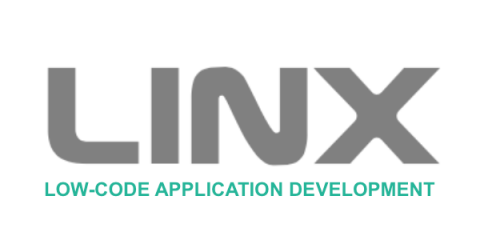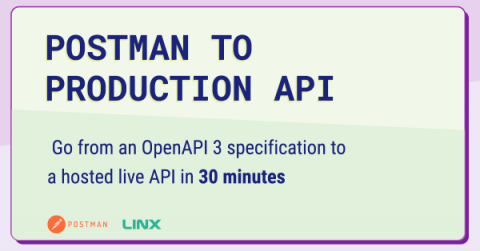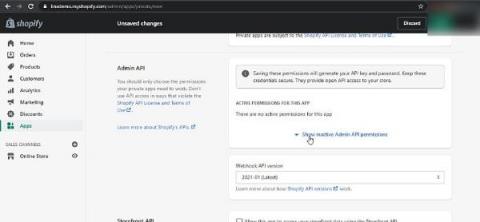Why low-code and API development are the perfect match
There is an understated art to building good APIs – ones that are easy to integrate with, have high operational availability, offer readily attainable performance insights, and are easy to maintain. But if you have ever had to build an API from scratch, there is no denying that it is hard – and it gets much more complicated when you aim to deliver a quality API.









